Blog piece: Read time 2-3mins
Running challenges on social media and people trying to stay sane and healthy have led to a huge increase in those dusting off their runners and pounding the streets (all within a 2km radius of course). Akin to the tree falling in the woods, if you ran 5km and you didn't post about it on social media, did it even happen? You may even have become a fully fledged follower of the long-established religion of middle-distance running yourself. If this new found love of running has been a shock to the system, your body may be starting to ache in places for the first time since the u-12 community games. Newbies are not the only ones at risk of winding up injured however. Experienced runners with a lot more free time on their hands might be overdoing it as the demands of work and commuting may have eased significantly. Strength training is something that both new and experienced runners can do to reduce their chances of getting injured.
Strength training can be a divisive topic in middle and long distance runners; some will swear by it whereas others are convinced it will only cause injuries. We can say with certainty that strength training, when done properly, can improve performance and reduce the likelihood of injury.
Typically, runners get injured when they make large changes to their training volume or training type. A sharp increase in your weekly training distance or the inclusion of high-intensity sprint sessions on the track when all you’ve been doing is long, slow runs on grass can put you at risk of an injury.
Improving your body’s capacity to be able to manage the demands of the training/competition is essential. If you knew your fitness levels were quite low you wouldn’t expect to be able to last a marathon but very few of us would think about how strong our calf muscles are before attempting to sprint on a track.
There is strong evidence that strength training can reduce overall sports injuries by one third and overuse injuries by half. Not only does it reduce the risk of injury, but it also improves markers of performance such as jumping, sprinting, rate of force development, as well as overall time trial scores.
The best way to improve the capacity and durability of your muscles and tendons is to progressively strengthen them through a variety of different exercises. A balanced programme will include different types of isometrics (holds), eccentrics (muscle lengthening), concentric-eccentric (both muscle shortening and lengthening), and power exercises (fast, explosive) to allow your body to adapt appropriately for sport.
Most people will know what a squat, a plank, and a glute bridge will look like even if the names might escape them. What all these exercises have in common is that they are bilateral, i.e. they work both sides of the body at the same time. For runners especially, you need to include more unilateral exercises to challenge the body in the types of patterns that your body is working in during your sport. Step ups, single-leg deadlifts, and single-arm rows are examples of excellent exercises that will make your body more durable for sport.
At this time especially specific ankle and calf strength work, focussing on muscle groups such as your shin muscles and calfs should be undertaken. Keep an eye on our instagram and facebook pages this week for some examples.
More running is not the route to better times. Including resistance training to compliment your running will get you to where you want to go faster and with less chance of an injury.


